A Daytona at Daytona
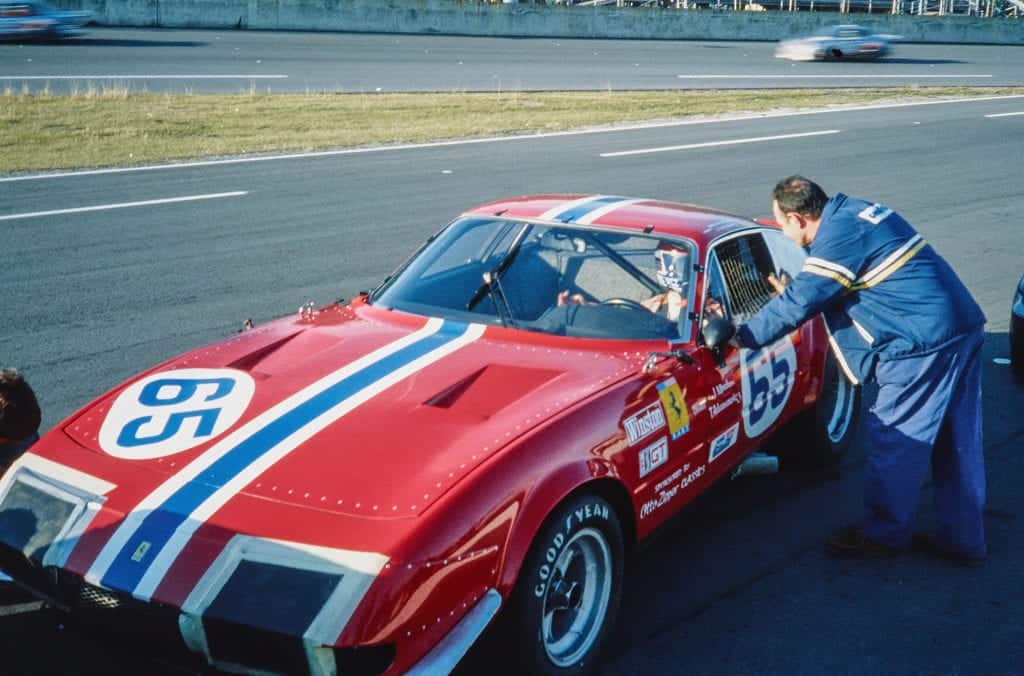
Consider the grid for the 2019 Daytona 24 Hours. High tech Team Penske Acuras, Cadillac DPis, Mazdas from Team Joest. Factory-backed Corvette C7.Rs, Ford and Porsche GTLMs. Full-bore GTDs from the likes of Audi, Lamborghini, Acura and Porsche. And then wonder what chance would a 6-year-old race car with hundreds of miles on it run by a “put together team” have?
How about slim or nothing?
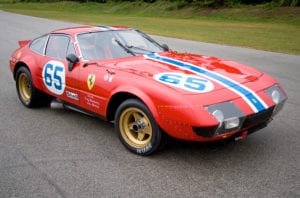
Forty years ago, on the grid for the 1979 Daytona 24 Hours, were 15 Porsche 934s and 935s — plus RSRs, BMW CSLs, and Mazda’s major effort with its factory RX-7s. So what chance would a 1973 Ferrari Daytona have against those contemporary competition cars? Ferrari hadn’t built competition Daytonas for six years.
Yet there it was, 24th in the 67-car field that rolled off into the infield road course and then onto the banking for the start of the daylong Florida race on February 3, 1979.
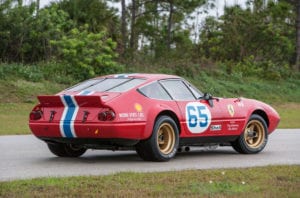
“It was almost an antique,” says John Morton, who shared the drive with Tony Adamowicz. “The Daytonas were never great race cars. They were heavy, a little under-tired, and just never developed as a race car.” (The Ferrari factory never raced them, leaving that to private teams.)
“They had a fairly fragile transmission,” he says, “though we never had that trouble. But the balance could change from a full to light fuel load, and the brakes would start to lock up, and there was no way to compensate for that. It had a fair amount of power, but it was big, heavy engine. It was easy to drive in the sense that it was a reliable engine, like Ferraris are if they’re put together right. But it wasn’t all that fast.”
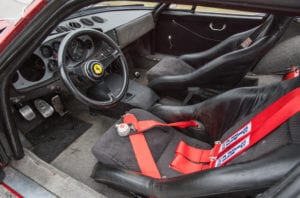
At the time of the race, the Ferrari 356GTB/4 — chassis No. 16407 73 and the 14th of 15 comp Daytonas made — already had a notable pedigree, as it had earlier been owned and raced by the actor Robert Carradine.
Come Daytona 1979 it was sponsored by Otto Zipper, a legendary car dealer who sold Ferraris, Alfa Romeos, Porsches and more in the Los Angeles area. Also a race team entrant, the 65-year-old Zipper was a native of Vienna and was well known among automotive circles. Morton says: “He was a good manager, and it got him out of the house. He was kind of retired from racing, so it was something of a holiday thing for him, but he took it very seriously.”
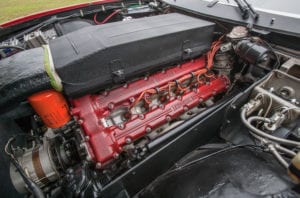
Soon the team’s problems grew beyond the mere age of the Daytona and the quality of the competition. Morton tells the tale:
“The night before the race, a bunch of us were going out to dinner, and I asked Otto if he was going to join us. He said no, he wasn’t feeling that well because he had a kidney stone and he thought he might pass it that night. The next morning, we got up and everybody had breakfast and was getting ready to go to the track. Sylvia [Sylvia Wilkinson, a well-known author who was there with Morton] and I were going to breakfast, and the crew was just coming out of the restaurant. They asked, ‘Have you seen Otto?’ We hadn’t. They said he hadn’t shown up for breakfast, and they thought he hadn’t gone to the track early. We got a maid to open his room, and he was dead in bed.
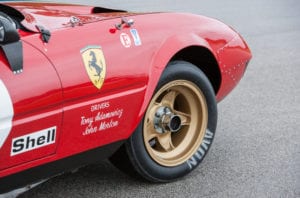
“Everyone was quite emotional about it, a very tough deal, and they wanted to withdraw the car. Tony and I wanted to run the Daytona, not really to make a statement, but we thought it would be appropriate to race the car. Sylvia and Tony’s girlfriend, Vicki, talked the team into running, thinking Otto would have wanted that, so we did. We put a black tape diagonally across the hood of the car in honor of Otto.”
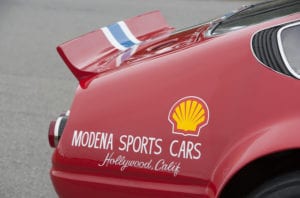
And so they raced, and it was an ordeal. Again, Morton takes up the story:
“Our pit was not a Penske operation. Our fueling rig was a 55-gallon drum up on a stand, and it dripped and they had rags around it. Sylvia timed the whole 24 hours without a rest and just the smell all night long…
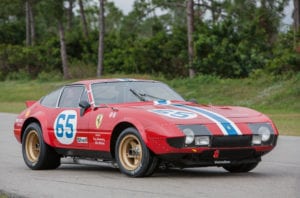
“Luigi Chinetti had two Ferrari BB/LMs at the race, and they blew tires and had to withdraw. He was standing in our pit, and I didn’t know him then. He said to me in his quite accented voice, ‘What position are you in?’
“This was late at night, maybe not quite halfway. I asked Sylvia, and she told me we were seventh. I came down and told him and he said, ‘No!’ I said, ‘Yes, we’re seventh,’ and Chinetti said, ‘No, not seventh.’ Like ‘Don’t bother me with your bullshit.’
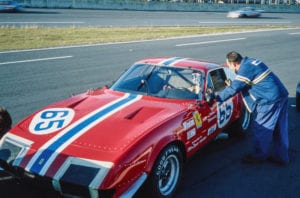
“But we were, and gradually worked our way up. We’d be fourth, and then a turbo would blow and then be in third. When we were well up, one of the Whittington brothers with the turbo boost screwed all the way up — they’d already blown about four of them — would pass me about every 20 minutes or so, and I’d think, ‘Please blow up again.’ And he blew another one, and that cinched our second place.”
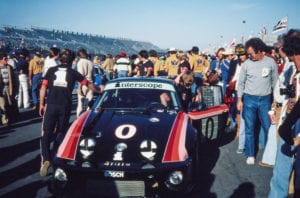
The winners were Ted Field, Danny Ongais, and Hurley Haywood in an Interscope Porsche 935/79. The runner-up finish by Morton and Tony “A-to-Z” meant the GTO class win.
“We didn’t have a trouble-free run,” Morton says. “We were burning up the inside edges of the tires, and we had to put the car in the garage and make a camber change, which was a big job. They were good mechanics and quick, but we lost quite a bit of time there. Then we had an oil leak and had to change an oil line later in the race.

“It was a physically difficult car to drive, heavy and with exceptionally heavy steering. Tony and I got so tired, we could only do one tank of fuel at a time, a little over an hour, before changing drivers. I remember being ushered back from the motorhome to the pits. It was a cold night and I’m soaking wet and thinking, ‘I don’t really want to get in this [expletive] car again.’ And we had to do that over and over. At the end of the race, I couldn’t take my driving suit off because I was cramping all over. It was a real ordeal, one of those things that takes a lot out of you, but that makes it better.”

“I’d be the first to admit it was fluky,” Morton says, “but we beat a lot of good cars and teams, and we were just a put-together team run by a Ferrari repair shop in Hollywood. It was bittersweet because of Otto, but I had the feeling we had done something for him. Of all the races I’ve run, I have to rate that in the top few. I think it is the best a Ferrari Daytona did in big, international competition.
“And it was a Daytona at Daytona.”